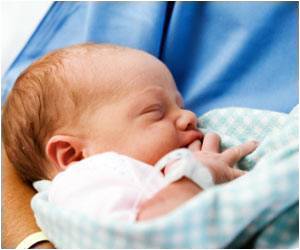Scientists have discovered new genetic risk factors associated with restless leg syndrome.
Scientists have discovered new genetic risk factors associated with restless legs syndrome. Carriers of these risk variants have an increased likelihood of developing RLS. People suffering from restless legs syndrome (RLS) experience unpleasant sensations in the legs at night for which the only remedy is movement. This finding, which will be published on July 14th in the open-access journal
PLoS Genetics, presents new opportunities for future research of this disorder.
RLS is amongst the most common neurological diseases. Patients suffer from an urge to move and paresthesia tingling, prickling and numbness in the legs, occurring mainly in the evening or at night when the body is at rest. These sensations may only be relieved by moving or walking around, which may result in severe sleeping disorders, chronic sleep loss and daytime fatigue. In severe cases the disease can lead to depression and social isolation. The frequency of RLS increases with age: up to ten per cent of those above 65 years of age are affected, albeit in very different forms. Children can, however, also contract the disease.
For many years, the Institute of Human Genetics, Helmholtz Zentrum Munich and the Technische Universit't Munich have been researching the origin of RLS, aiming to improve diagnostics and the treatment of patients. The consortium, led by Professor Juliane Winkelmann, has investigated more than 4,867 RLS patients and 7,280 control patients. The researchers analysed genetic sequence variants (SNPs) distributed over the entire genome and discovered two new genetic regions which play a role in the development of RLS. One of these regions is within a gene involved in regulating brain activity, TOX3. While it is known that increased TOX3 protein protects neuronal cells from cell death, the precise connection between TOX3 and RLS is as yet unknown.
These findings enable further investigation into the underlying mechanisms, which is prerequisite to the development of new treatments.
Source-Eurekalert














